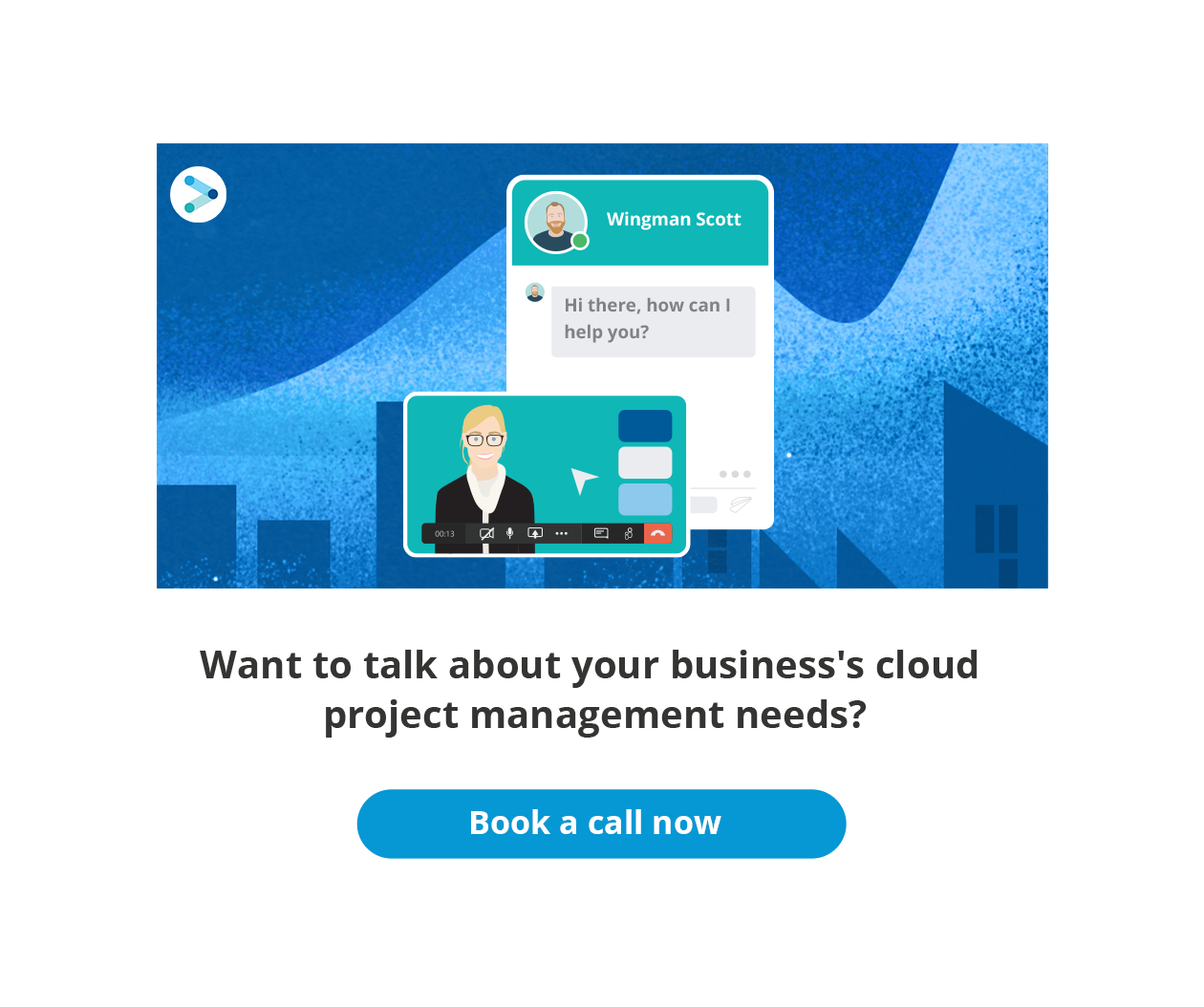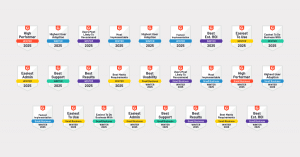At this point, humanity is well into its adaptation to the covid pandemic. Now we all know what happens to us, to the world, to our businesses, because we’re here. We’re in it. Whether you’re lucky duckie enough to be situated somewhere that (dare we say it?) is coming out of their second wave, or you’re somewhere still in the first wave, you’re not at the beginning anymore. And at some point, we come out of covid altogether.
So now the question is, ‘what happens then? How will my business operate? What will the built environment industry look like?’
We don’t know when we’re coming out of it, so we don’t know when these questions will be answered. What we do know, is which characteristics your architecture, engineering, or construction design team will need to survive whatever those answers are.
We’ll give you a hint: Starts with ‘d’, ends with ‘igital mobility’.
Digital means smaller declines in revenue and greater staff retention
Xero Pandemics Insights reported at the beginning of September 2020, a distinct correlation between the ability of small businesses to minimise the impact of covid, and the digital capacity of their workflows, management, and service offerings:
“When we compared businesses that were using apps to manage their business before the crisis to those that were not, we found that the types of small businesses using apps saw revenue declines during the crisis that were 12 percent smaller than other small businesses. These businesses were also better able to retain staff: job losses for digitally enabled small businesses were 12 percent smaller than for small businesses that were not digitally enabled.”
That’s notable. 12 percent better bounce-back and staff retention is not for nothing to any business, but in the case of a small business, it’s potentially the difference between making it out and going under.
Last week ABC News business reporter, Daniel Ziffer also said, “Those businesses embracing technology have actually survived and thrived during the crisis”. So, what is it about doing it digitally — and specifically in the cloud — that gives businesses a leg-up?

Here we are: anywhere
For Total Synergy founder and CEO Scott Osborne, the work-from-anywhere feature of digitally enabled business is a key factor that isn’t going to reverse with a Covid cure.
Once we come out of the global pandemic, Scott says, “your people aren’t going to say, ‘Right, fantastic — let’s go back to the office full-time!’. They’re going to be more tentative and cautious, and they’re probably going to want to mix in-office, work-from-home, and remote working — say, two or three days here and two or three days there.
Mixed way of working
To allow that combination of working environments Scott says, “you have to be mobile. You have to be able to allow your staff to pick up a laptop and go in, or go home, or go interstate, or go to a tent in the wilderness — it’s being free and untethered from any particular site. It’s that ability to be mobile that is, I think, the biggest thing. So, where we may have smaller, reconfigured offices, you want to be able just to roll in, plug in, and do your work. The key is flexibility and mobility.”
This requires tech solutions that will capture the output of yourself and your staff from both in-office/on-site and virtual workspaces, both collaboratively and independently. And that, folks, means cloud-based, anywhere access.
“Our clients are telling me, ‘I need an office that my team can come into to meet, to brainstorm and workshop and go through a project. And I also need the capacity to work from home, or anywhere else, the rest of the time — I need both!’ And I think that’s the same with most companies.”
Using the current covid cocoon to grow your business wings
“That’s a whole transformation project that people need to come to terms with” says Scott. “And those who are bound to older platforms, where they have to dial into a PC or a server, or log into a VPN and then fire up a laptop or a PC in the office, are working with a situation that’s not sustainable into the future. And I think everybody knows that.”
Scott’s advice, and the drift of the studies now emerging, is that now is the time to set yourself and your built environment business up to take advantage of the lift that the cloud will offer when this global crisis subsides. You’ve got to use this chrysalis period to ‘digitally transform’, if you haven’t already (despite the groan that phrase may induce). Because once we’re in recovery proper, it’ll be too late to make the change. You and your business will both be operating effectively and attracting and retaining the best staff.
All of this makes the message to Synergy customers clear, as far as Scott’s concerned.
“I think it’s deeply worthwhile for us to say, ‘Why don’t you use this opportunity to get into a transformative state of mind? We know we’ll see a downturn in the pandemic spread because that’s the point we’re at with it, and if you look to the horizon at the promise of a vaccine that will see us all be able to travel again — don’t wait for that. Start preparing for it now’.”



